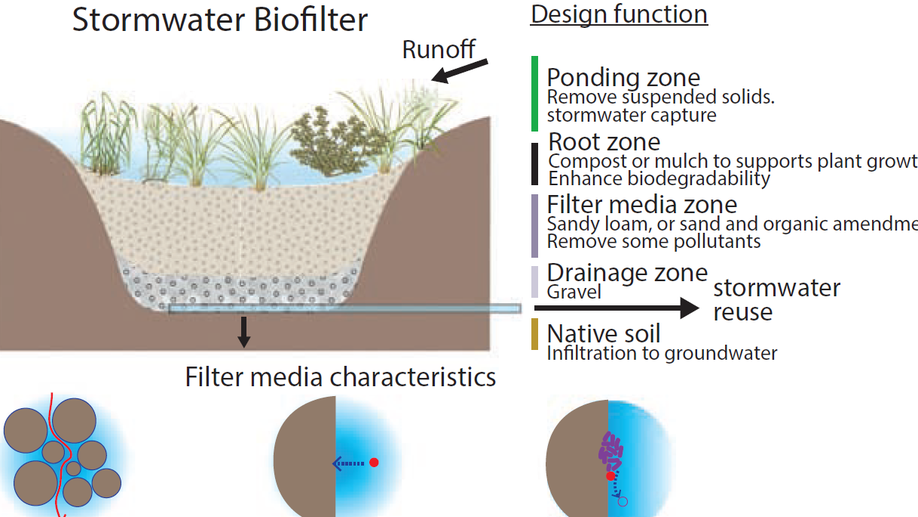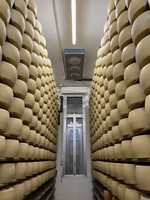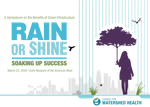Renan Valenca
Engineer & Researcher
University of California, Los Angeles (UCLA)
Biography
Renan is an experienced Environmental Engineer, Water Scientist, and Green Infrastructure Specialist. Driven by data-based decisions and fundamental mechanisms, he takes pride in providing the best and most efficient solutions to the current world water challenges. As an environmental engineer, his goals include the development of smart biotechnologies for water treatment and the application of artificial intelligence to environmental problems related to climate change. In addition to his primary job functions, Renan is a fellow at the National Science Foundation (NSF) INFEWS program at UCLA and a fellow at the Los Angeles Urban Center where he contributes to the advancement of technologies related to natural and engineered ecosystems.
Education
-
Ph.D. in Environmental Engineering, Expected 2022
University of California, Los Angeles
-
M.S. Water Resources & Environmental Engineering, 2018
University of California, Los Angeles
-
B.S. Chemical Engineering, 2016
Federal University of Alfenas, Brazil
-
B.S. Science & Technology, 2013
Federal University of Alfenas, Brazil









